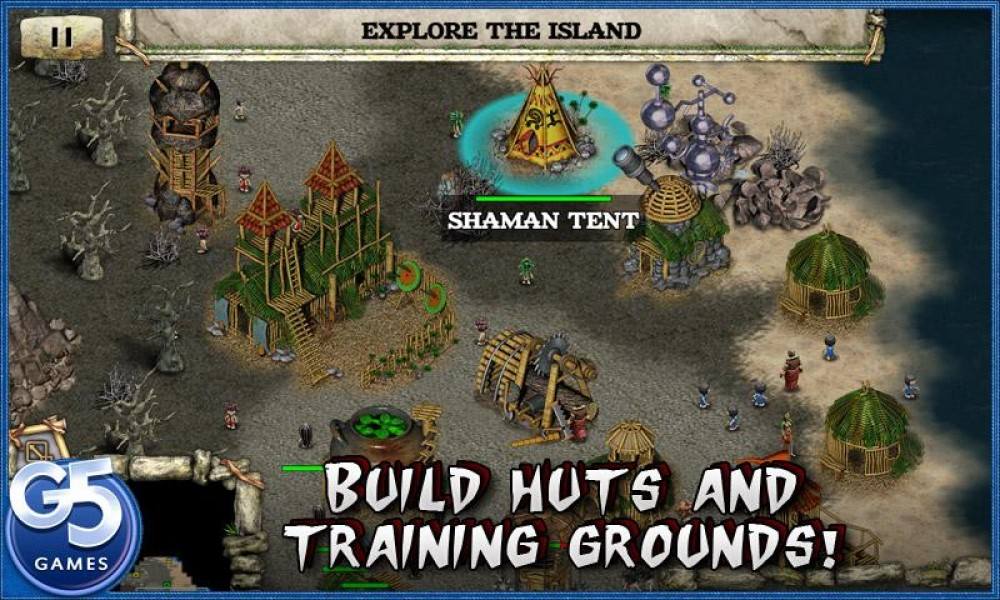

Sewell and Dikshit’s Indian Calendar, Mr. Gordon’s Indian Folk-Tales (Elliot & Stock), Messrs. Crooke’s edition), Professor Hopkins’ Religions of India, the Rev. Crooke’s Popular Religion and Folklore of Northern India, and Things Indian, Captain Forsyth’s Highlands of Central India (Messrs. Allen & Co., and Heffer & Sons, Cambridge), Mr. Smith’s Early History of India (Clarendon Press), the Rev. Bhattachārya’s Hindu Castes and Sects (Thacker, Spink & Co., Calcutta), Professor Oman’s Mystics, Ascetics and Saints of India, Cults, Customs and Superstitions of India, and Brāhmans, Theists and Muslims of India (T. Rajendra Lāl Mitra’s Indo-Aryans (Newman & Co., Calcutta), The Jainas by Dr. Bishop Westcott’s Kabīr and the Kabīrpanth (Baptist Mission Press, Cawnpore), Mr. Wilson’s Indian Caste ( Times Press and Messrs. Other Indian ethnological works from which I have made quotations are Dr. Kharsedji Nasarvānji Seervai, J.P., and Khān Bahādur Bāmanji Behrāmji Bhimbhai Kirpārām, and Pārsis and Muhammadans of Gujarāt by Khān Bahādur Fazlullah Lutfullah Faridi, and Mr. Campbell), especially the admirable volumes on Hindus of Gujarāt by Mr. Risley already mentioned, and the mass of valuable ethnological material contained in Kennedy’s Criminal Classes of the Bombay Presidency, Major Gunthorpe’s Criminal Tribes of Bombay, Berār and the Central Provinces, the books of Mr. Hastings’ Encyclopaedia of Religion and Ethics, Colonel (Sir William) Sleeman’s Report on the Badhaks and Rāmāseeāna or Vocabulary of the Thugs, Mr. Buchanan’s Eastern India, Sir Denzil Ibbetson’s Punjab Census Report for 1881, Sir John Malcolm’s Memoir of Central India, Sir Edward Gait’s Bengal and India Census Reports and article on Caste in Dr. Forbes’ Rasmāla or Annals of Gujarāt, Colonel Dalton’s Ethnology of Bengal, Dr. India, especially Colonel Tod’s Annals and Antiquities of Rājasthān, Mr. In the preparation of the book much use has necessarily been made of the standard ethnological accounts of other parts of Or sect are found only in very small numbers in the Province, and the articles have been compiled from standard works. In several instances the adherents of the religion Necessary to render it a complete ethnological account of the population. The articles on Religions and Sects were not in the original scheme of the work, but have been subsequently added as being Ananta Krishna Iyer’s volumes on Cochin, while a Glossary for the Punjab by Mr. Edgar Thurston’s Castes and Tribes of Southern India, and Mr. Crooke’s Castes and Tribes of the North-Western Provinces and Oudh, Mr. On the other hand, there is no doubt that this method of treatment, ifĬonscientiously followed out, will produce more exhaustive results than a general account. To be somewhat distasteful to the ordinary reader. It has the disadvantage of involvingĪ large amount of repetition of the same or very similar statements about different castes, and the result is likely therefore Who may desire to know something of the customs of the people among whom their work lies. This was considered to be desirable as the book is intended primarily as a work of reference for the officers of Government, Of the principal tribes and castes, according to the method adopted in Sir Herbert Risley’s Tribes and Castes of Bengal. The prescribed plan was that a separate account should be written of each Work for the Central Provinces was entrusted to the author, and its preparation, undertaken in addition to ordinary officialĭuties, has been spread over a number of years. This book is the result of the arrangement made by the Government of India, on the suggestion of the late Sir Herbert Risley,įor the preparation of an ethnological account dealing with the inhabitants of each of the principal Provinces of India.


 0 kommentar(er)
0 kommentar(er)
